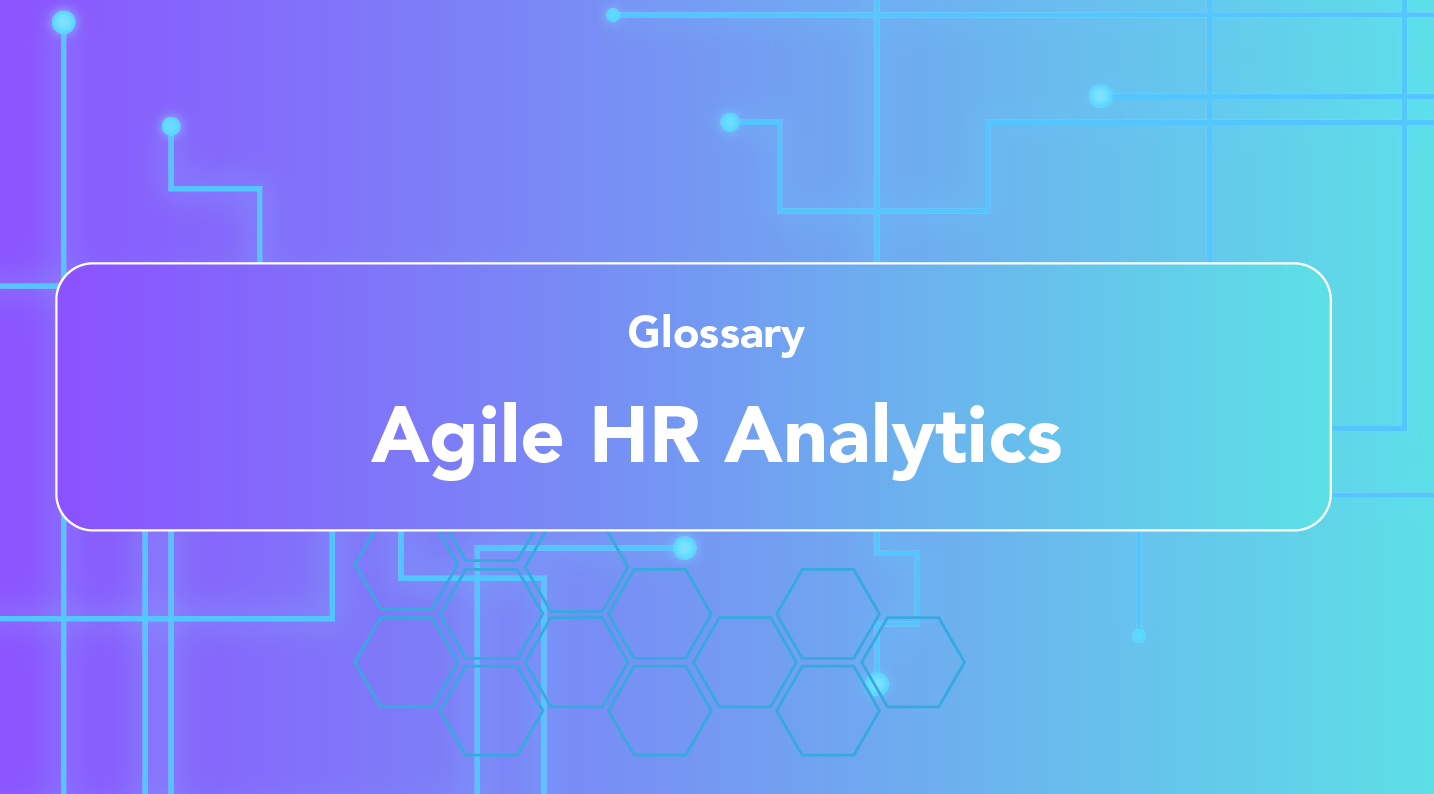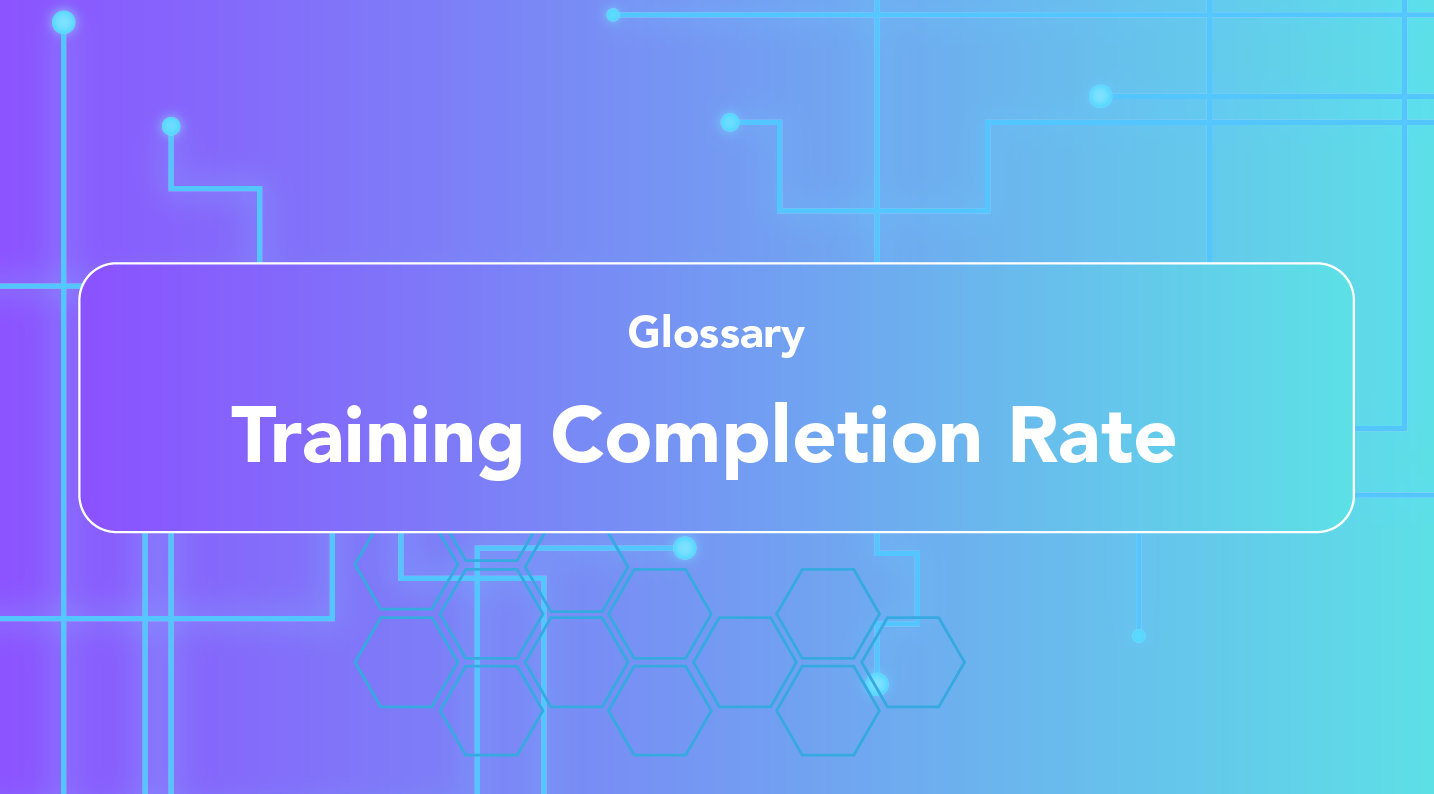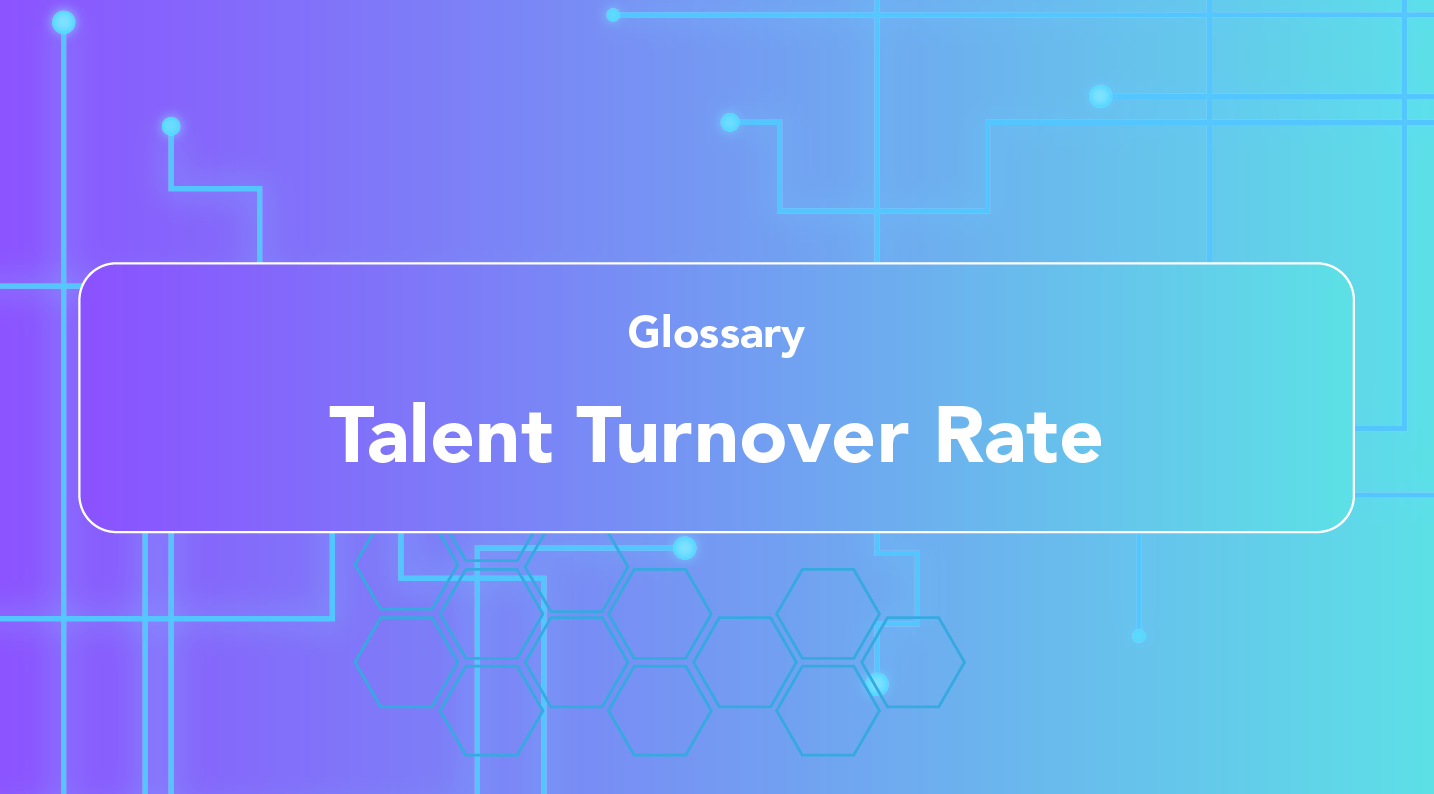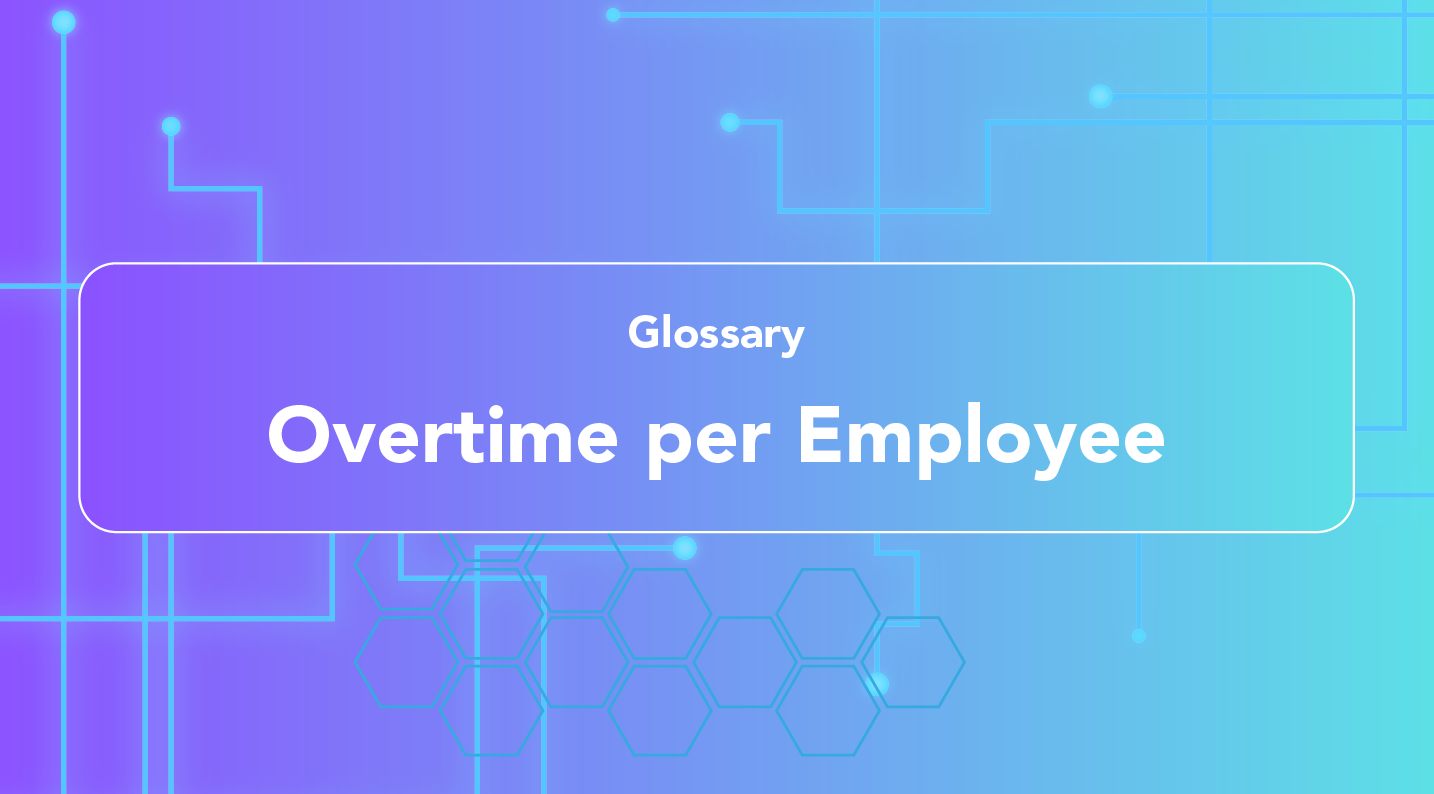- glossary
Agile HR Analytics refers to the use of agile methodologies and data analytics to enhance human resource practices, making them more responsive, flexible, and data-driven. It involves continuously collecting, analyzing, and acting on HR data to optimize workforce performance, employee engagement, and decision-making processes. Agile HR Analytics enables HR teams to adapt to changing organizational needs quickly, improve transparency, and enhance collaboration across teams. The focus is on delivering small, incremental improvements based on real-time data, rather than relying on traditional, long-term HR processes.
What are the Key Components of Agile HR Analytics?
-
Data-Driven Decision Making: Agile HR Analytics relies on the continuous collection and analysis of workforce data to make informed decisions on hiring, employee performance, training, and retention.
-
Iterative Process: The agile approach emphasizes short, iterative cycles where feedback is rapidly integrated to make ongoing improvements in HR processes.
-
Employee Engagement and Performance Metrics: Agile HR measures key performance indicators (KPIs) related to employee engagement, productivity, retention, and learning to drive improvements.
-
Collaboration and Flexibility: Encourages greater cross-functional collaboration between HR and other departments, ensuring HR practices are aligned with evolving business needs.
-
Continuous Improvement: Regularly assesses HR strategies and outcomes, allowing the organization to respond quickly to challenges and improve employee experiences through data insights.
If you have any Questions?
- How does Agile HR Analytics differ from traditional HR approaches?
Agile HR Analytics focuses on real-time data collection, flexible processes, and incremental improvements, whereas traditional HR methods are more rigid, focusing on long-term plans and annual reviews. Agile HR adapts quickly to changing business needs, improving employee engagement and workforce performance in a dynamic environment. - What are the benefits of using Agile HR Analytics?
Agile HR Analytics allows HR teams to make faster, data-driven decisions, improve employee engagement, and optimize workforce performance. It also promotes a culture of continuous feedback and improvement, which is crucial in today’s fast-paced work environments. This approach leads to more informed hiring, training, and retention strategies. - How can HR teams implement Agile HR Analytics?
HR teams can start by adopting agile methodologies, such as setting up iterative cycles, using performance metrics for real-time feedback, and integrating data-driven decision-making tools. Cross-functional collaboration between HR, IT, and other departments is essential for the successful implementation of Agile HR Analytics.

.png?width=50&height=50&name=Team%20HONO%20logo-01%20(1).png)



